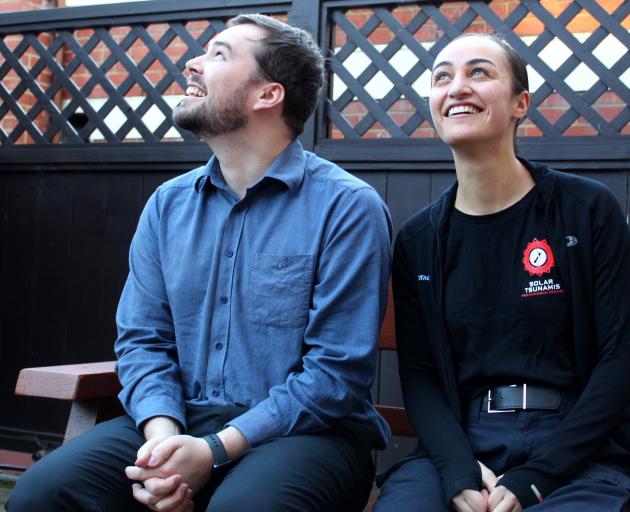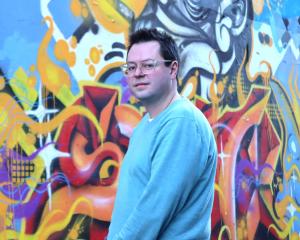
Across time and space, cultures the world over have looked to the stars and created complex tales to explain the mysteries of the universe.
These stories become powerful creation narratives that excite the imagination, and staff at Tuhura Otago Museum are integrating those cultural connections into science communication.
Speaking on the topic of He ara korero putaiao: integrating culture into space science outreach initiatives were Tuhura Otago Museum science engagement co-ordinators Toni Hoeta and Dr Andrew Mills.
Ms Hoeta is creating a mobile roadshow exhibition to teach children about solar tsunamis.
It is planned to tour throughout New Zealand and she hopes to take it to the Chatham Islands as well.
"And I’m grounding that relay of information in matauranga Maori."
Matauranga means understanding or knowledge, and Maori means something indigenous to this country.
So matauranga Maori means the knowledge or understanding of things that belonged to Aotearoa New Zealand.
"So that is whether it is indigenous knowledge, or the research that we do here in the country," Ms Hoeta said.
Dr Mills said he was working on a mobile showcase for 8- to 12-year-olds and their whanau called Tuhura Tuarangi — Aotearoa in Space.
The showcase was funded by the Ministry of Business, Innovation and Employment and it focused on highlighting indigenous perspectives on space.
Visitors would be able to experience everything from firing an ion thruster to getting hands-on with a rocket launcher and 3-D-printed titanium components, he said.
The showcase would include creation narratives that spoke to the origins of the stars within te ao Maori.
As key principles such as the scale of space and gravity were explored, visitors would also discover connections to space through shared whakapapa. Sharing purakau (ancient legends) had two purposes.
"First, they help illustrate the beauty and majesty of the night sky. But secondly ... they contain important observations about the night sky, that can guide future generations to learn about the stars and the importance of these stars for understanding the cycles of our environment," Dr Mills said.













